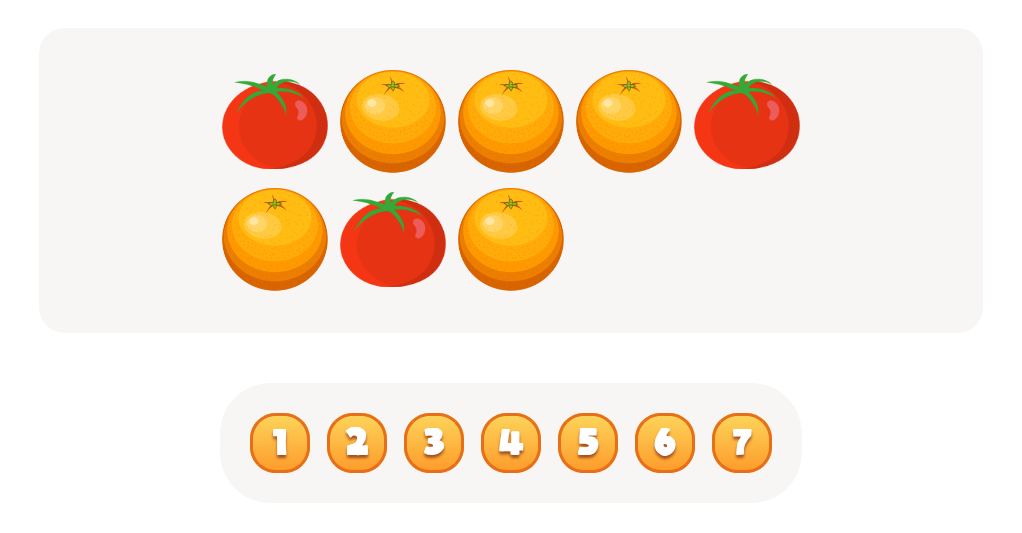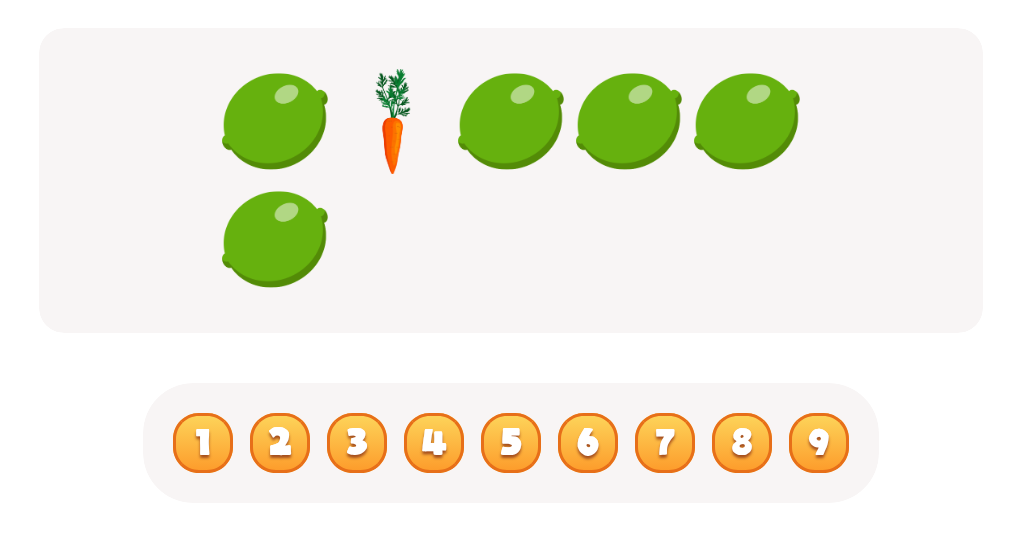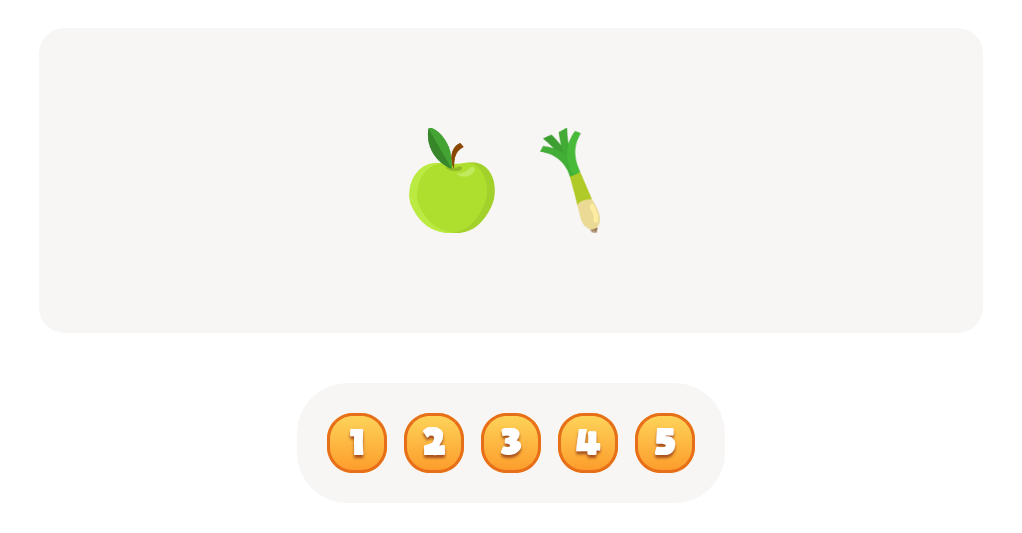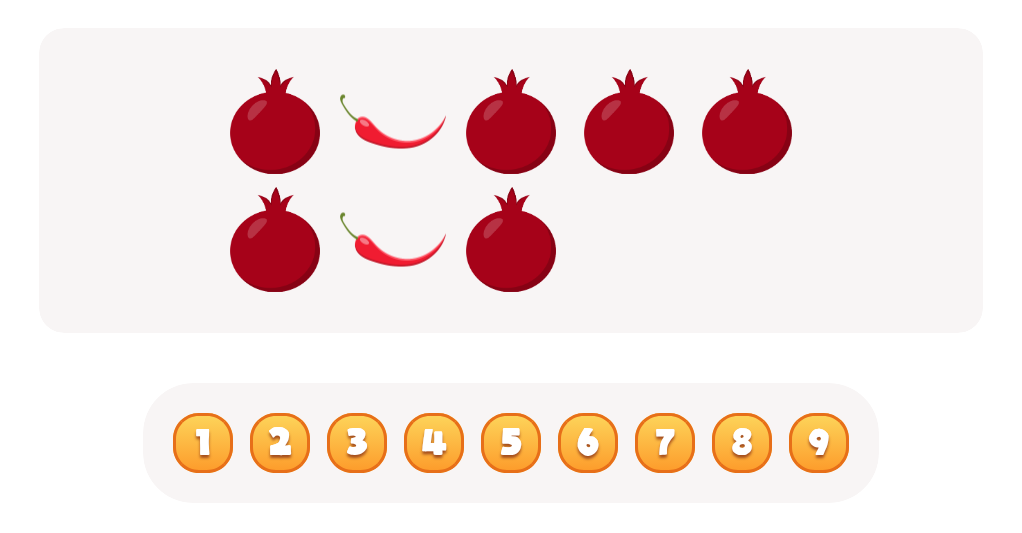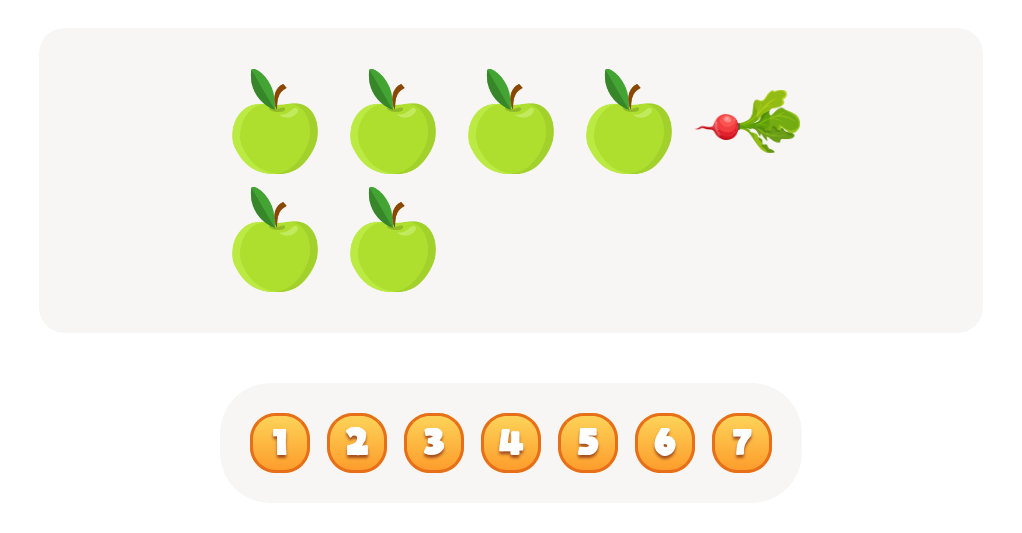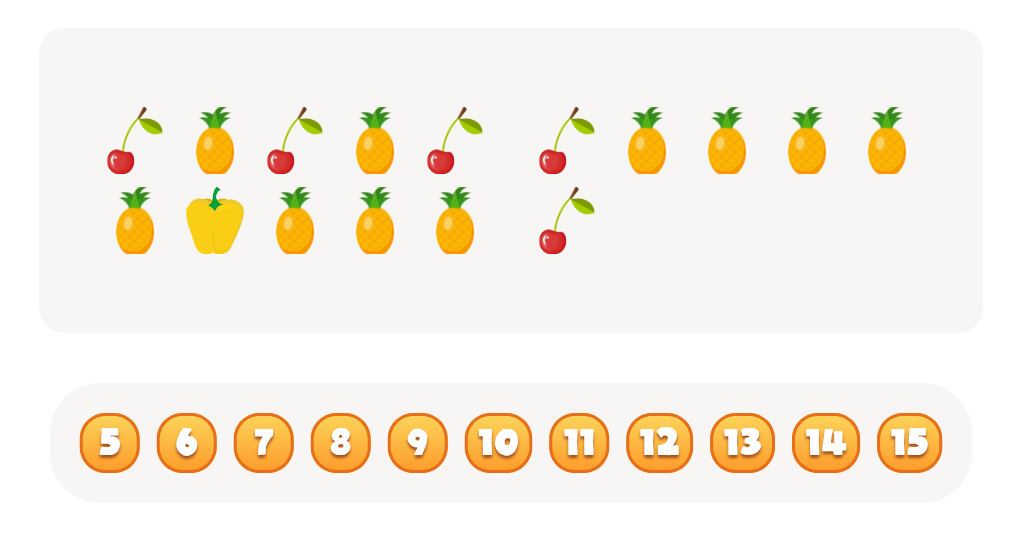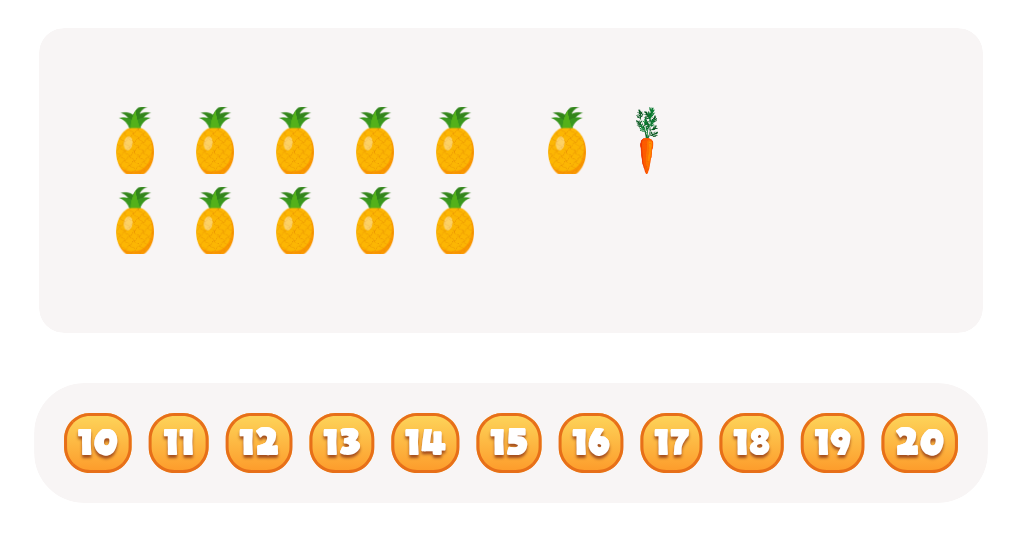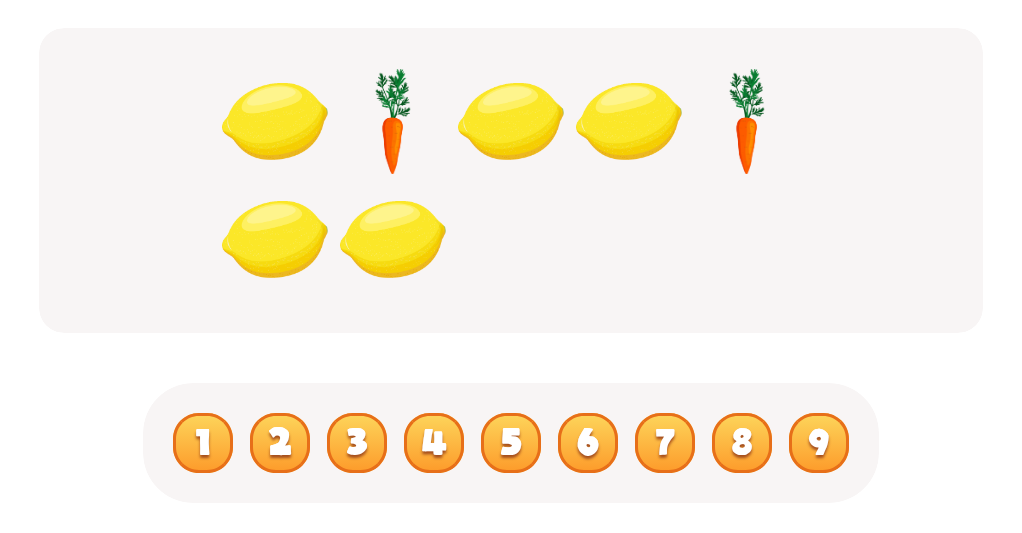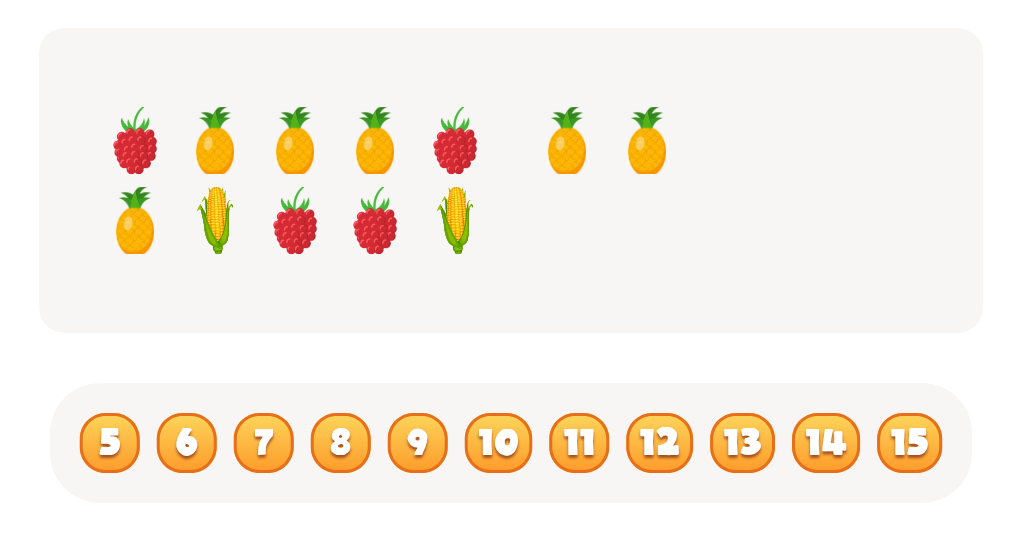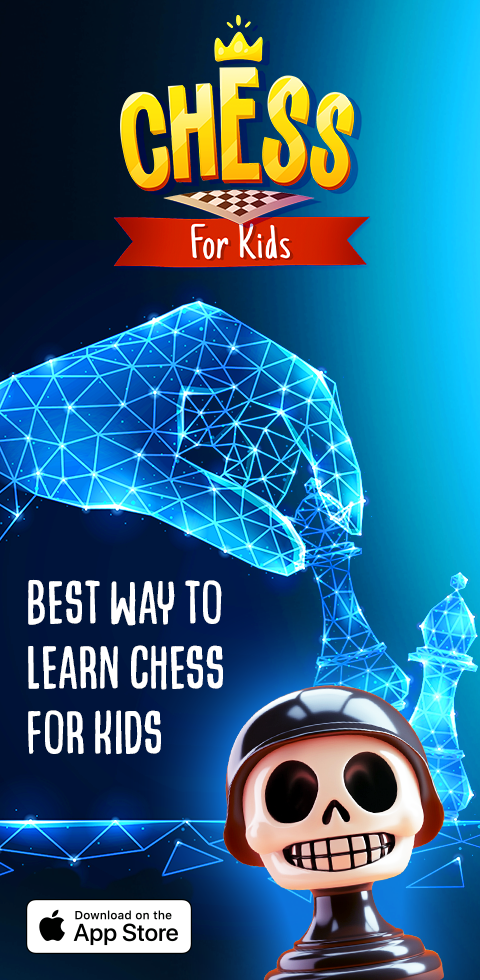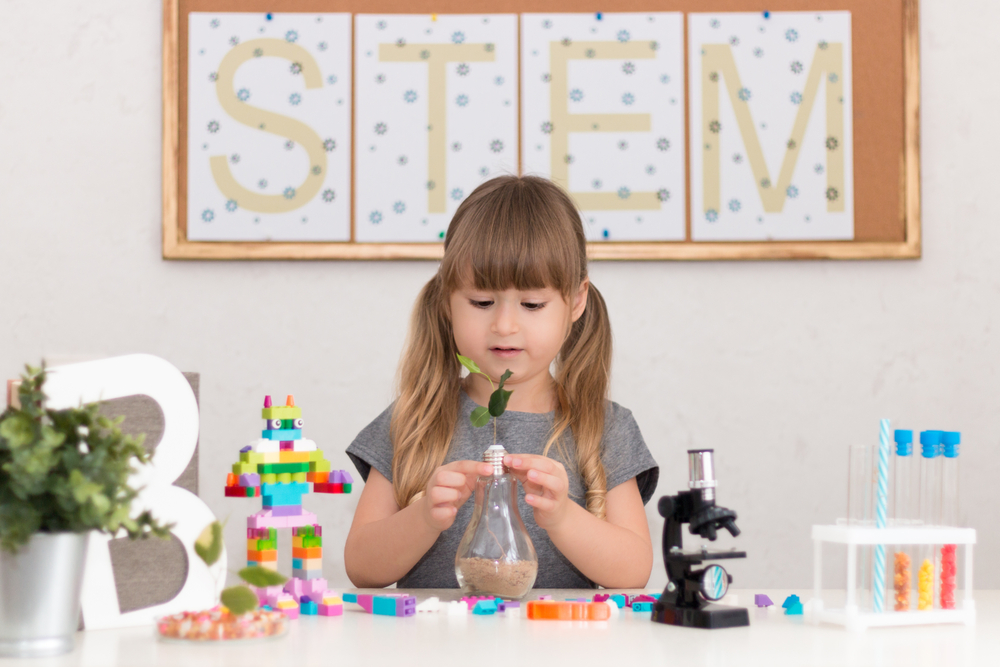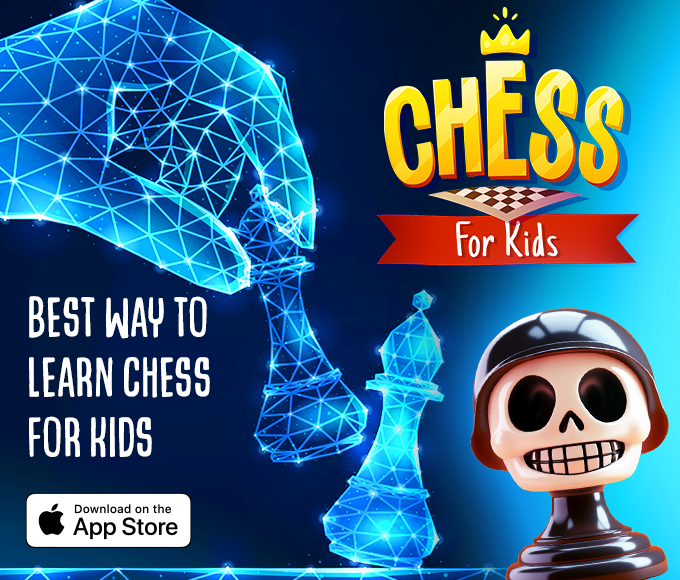Vocabulary Building Plants and Animals Worksheets for Ages 3-7
3 filtered results
-
From - To
Explore our engaging "Vocabulary Building Plants and Animals Worksheets" designed for young learners aged 3-7! These worksheets are perfect for enhancing early language development while introducing children to the fascinating world of plants and animals. Through a variety of fun activities, kids will expand their vocabulary by identifying and describing different species, understanding their habitats, and exploring essential concepts in science. Seamlessly integrating learning and play, these worksheets encourage creativity and critical thinking. Ideal for home or classroom use, they provide a rich foundation for future learning. Foster your child's love for nature while boosting their vocabulary skills with our printable resources!
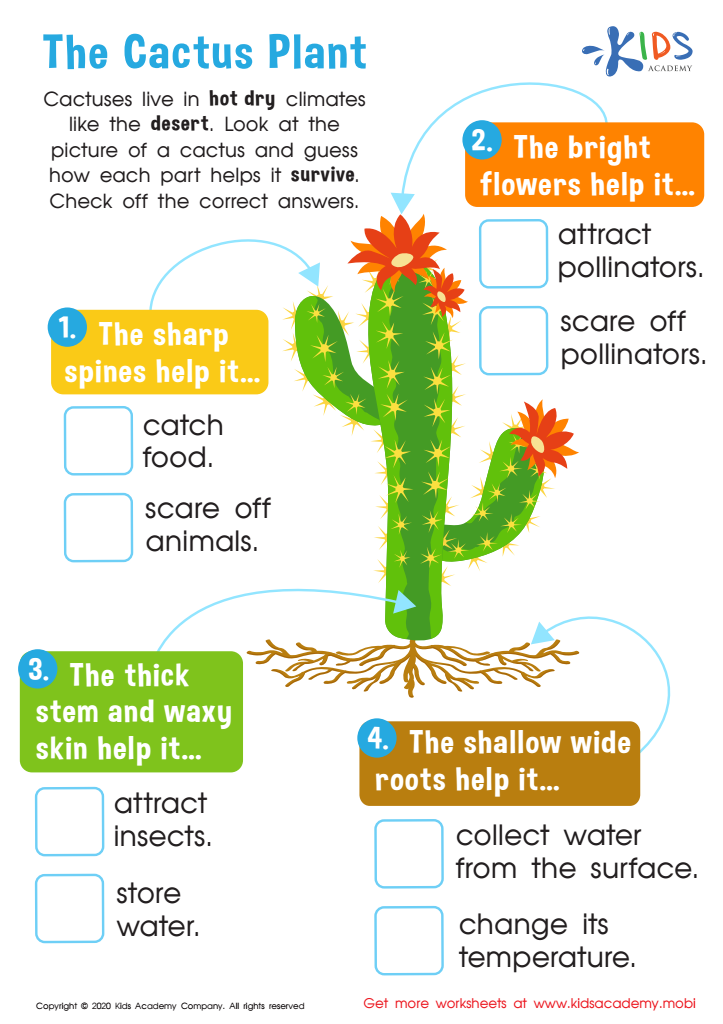

The Cactus Plant Worksheet
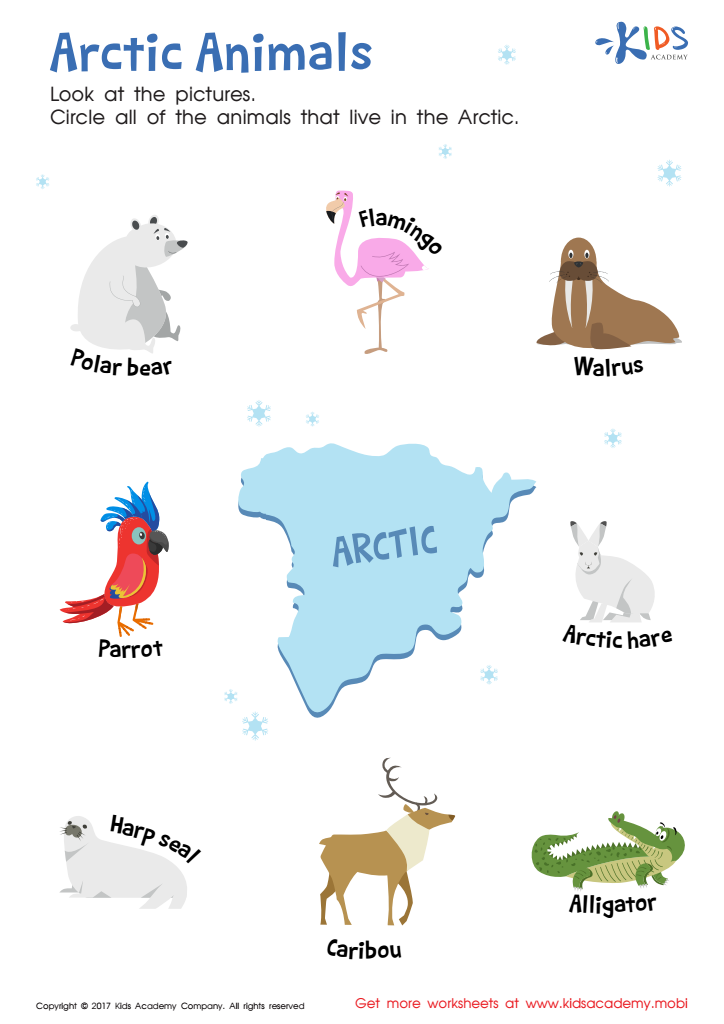

Arctic Animals Worksheet
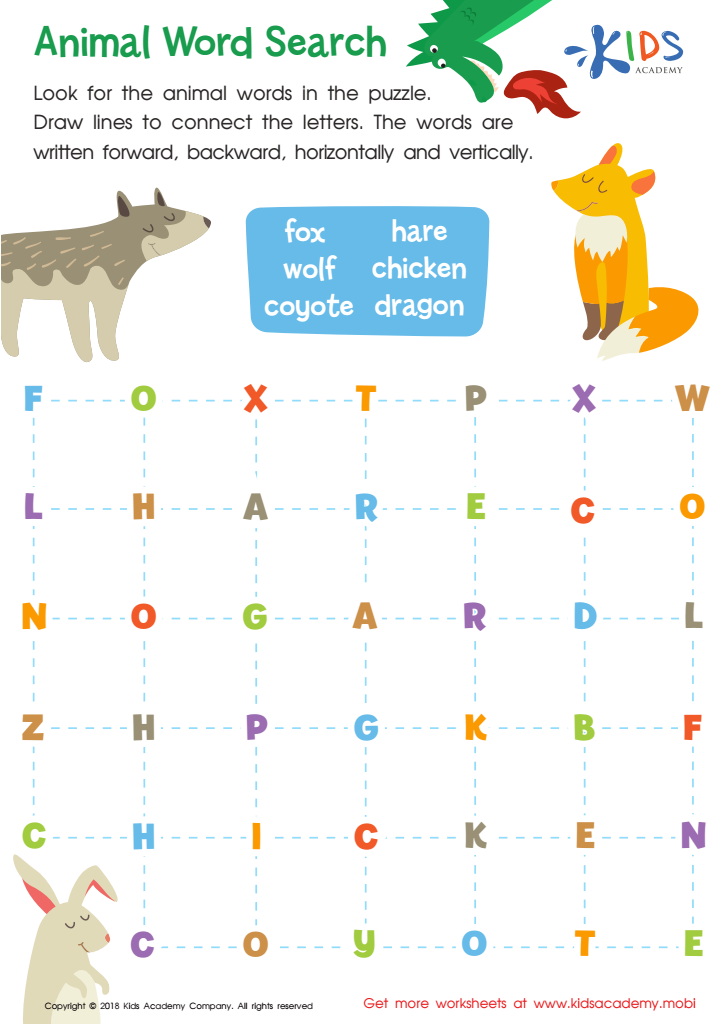

Animal Word Search Worksheet
Vocabulary building, particularly around plants and animals, is essential for children aged 3-7 as it fosters cognitive, social, and emotional development. At this age, children are naturally curious about their environment, and exploring the world of plants and animals can enhance their understanding and appreciation of nature.
Introducing related vocabulary helps children articulate their observations, making them more confident communicators. For example, learning names like “fern” or “sparrow” not only expands their word bank but also sparks conversations that encourage critical thinking and inquiry.
Additionally, teaching vocabulary about plants and animals aids in developing foundational literacy skills. Recognizing different species and their characteristics aids children in making connections between words and their meanings—a crucial step in reading and comprehension.
Moreover, discussing plants and animals helps cultivate empathy and environmental awareness. As children learn about various species, they develop a sense of responsibility toward living things and environment conservation, fostering future environmental stewards.
Ultimately, engaging in vocabulary building around plants and animals supports all aspects of a child's learning—enhancing language skills, fostering curiosity, and promoting a sense of connectedness to the natural world, making the practice invaluable for parents and teachers alike.
 Assign to My Students
Assign to My Students

